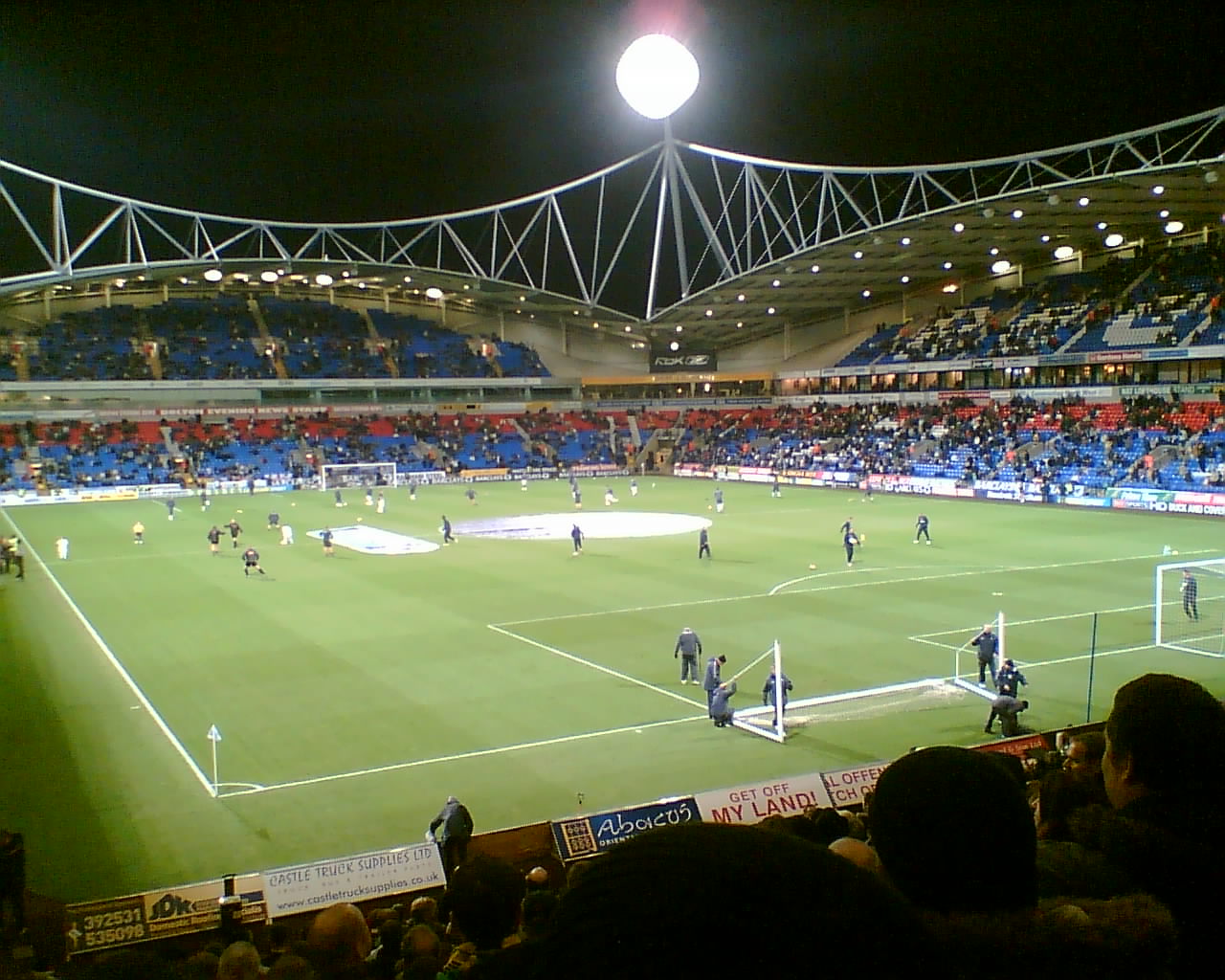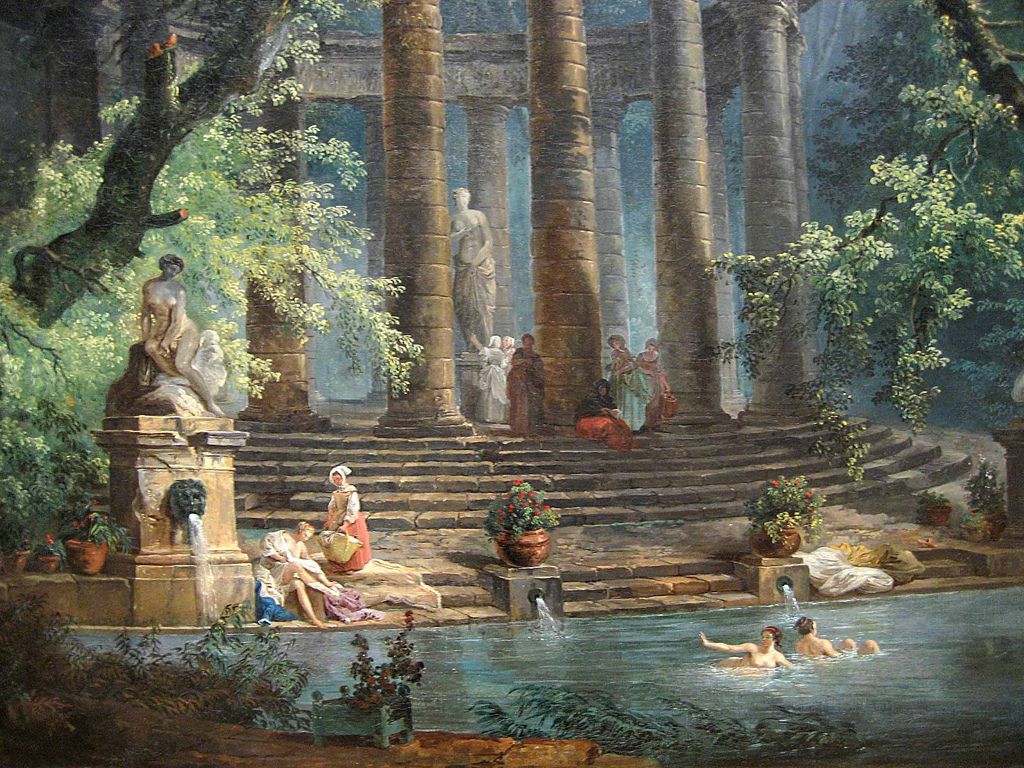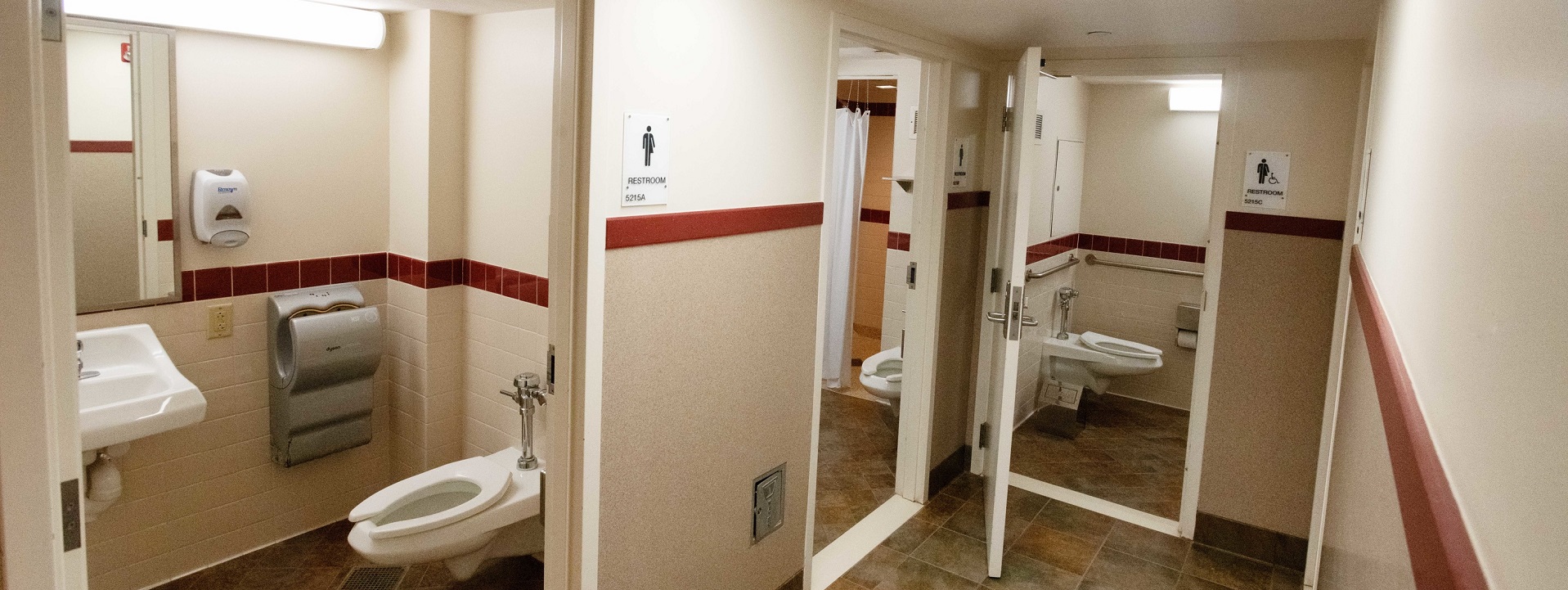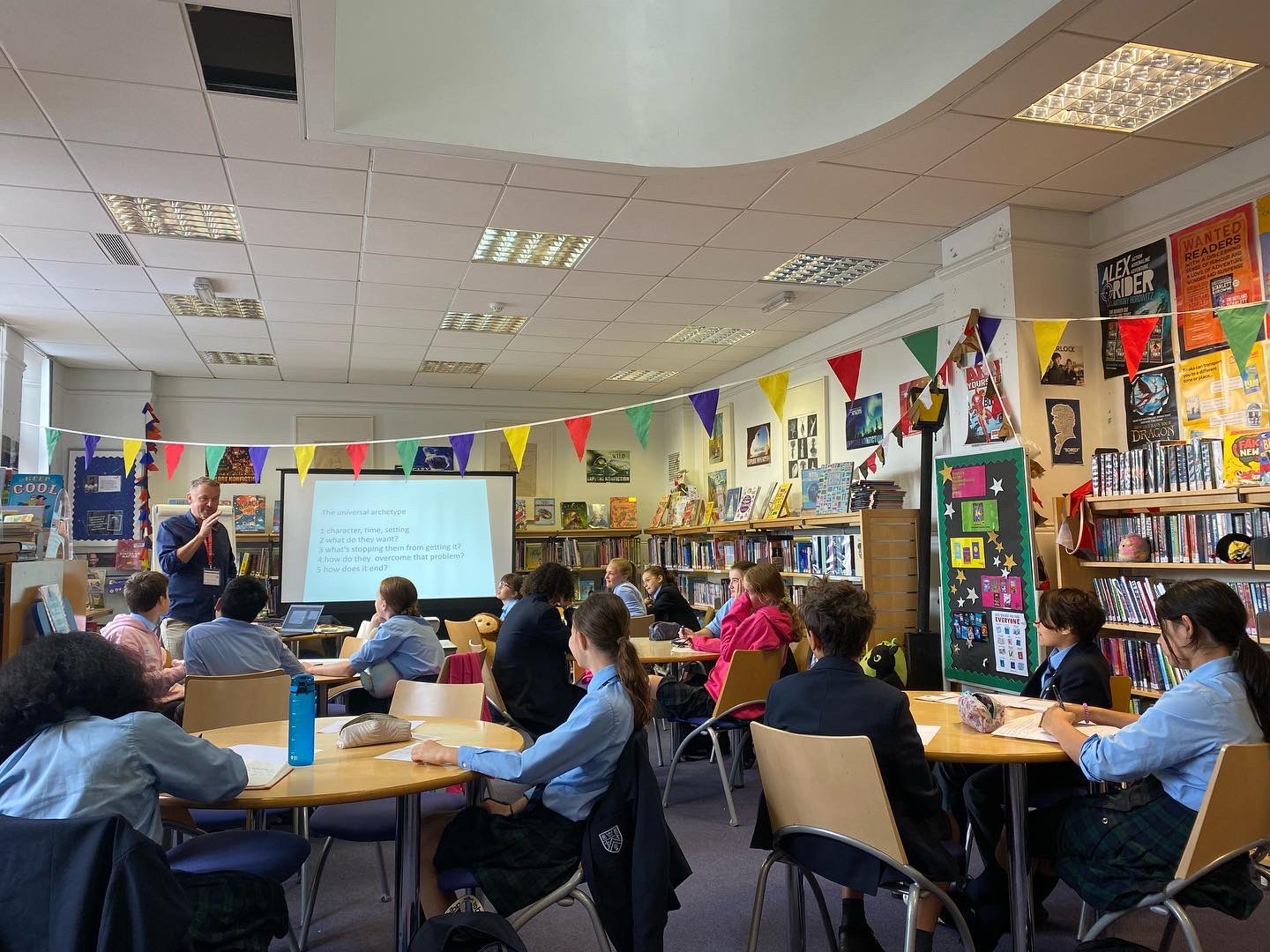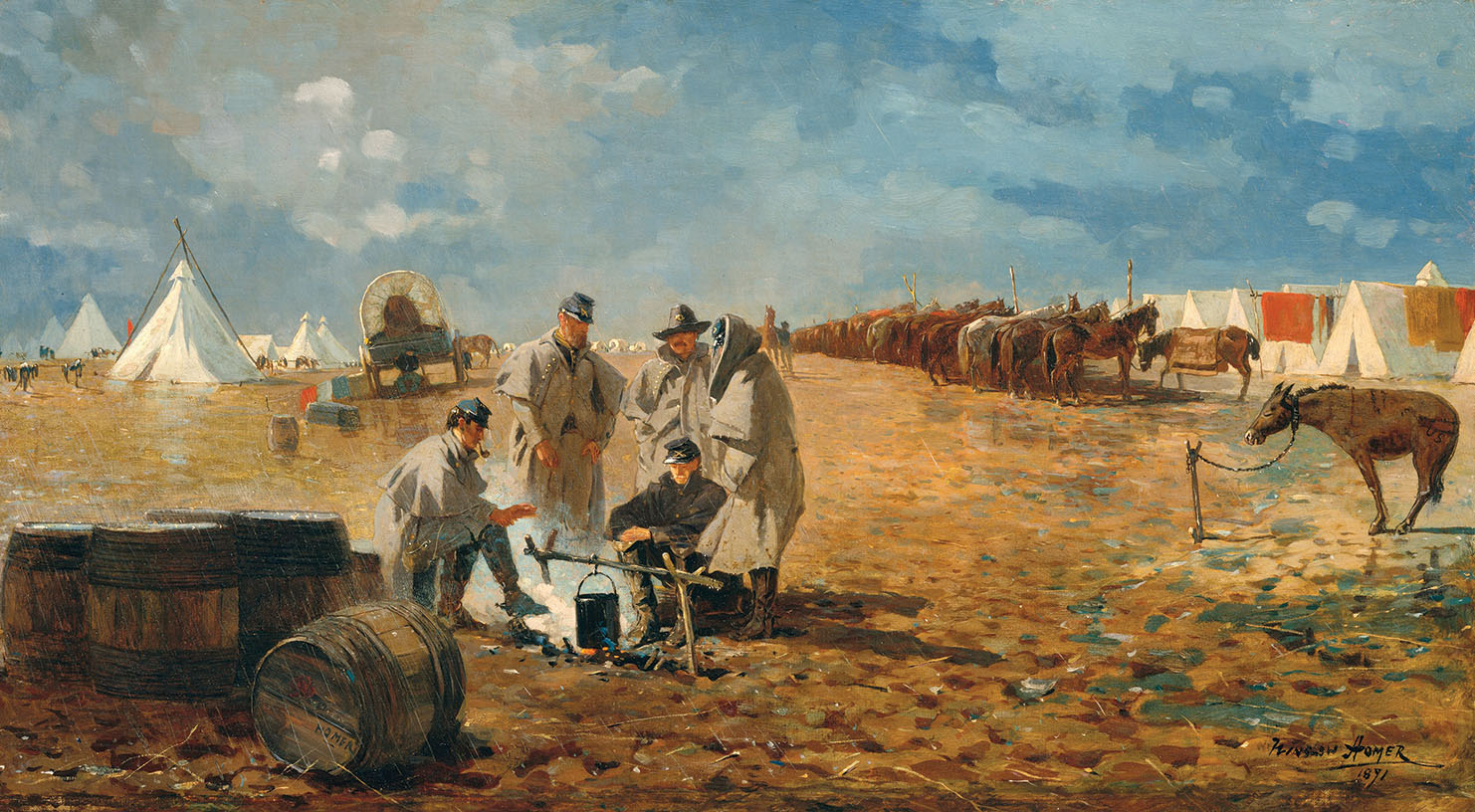Acoustical Engineering
- Home Page 113

Emergency sound systems at sports venues
A rare find in best practice literature is a title that slices horizontally through a number of “silos” owned by US-based domain incumbents such as NFPA, ICC, IEEE and others. Several occupancy classifications run interstitially and present challenging risk aggregations–similarly recognized in the EU–when 100,000 people must be put out of harms way in less than 60 seconds. One such title is Code of Practice: BS 7827 Designing, specifying, maintaining and operating emergency sound systems for sports grounds, large public buildings, and venues. From the project prospectus:
Maintenance, Emergency measures, Safety devices, Reports, Crowd safety, Certification (approval), Inspection, Audio systems, Forms (paper), Speech transmission systems, Reliability, Instructions for use, Personnel, Sound intensity, Approval testing, Training, Audio equipment, Performance, Stadia, Warning devices, Electric power systems, Alarm systems, Signal distortion, Sports facilities, Safety measures, Public-address systems, Audibility, Acoustic measurement, Reception, Sound reproduction, Buildings, Control panels
The current 2019 Edition was released October 2019 and is assumed to be stable. You can tell by the list of normative references from European Union standards developers that event safety is an established discipline and one that requires continual attention despite the circumstances of the pandemic.

Michigan Stadium is the largest university-owned sports venue in the world. with nominal seating capacity of 110,000 and auxiliary enterprises that add another 20,000.
More information about how our colleagues may contribute to the development of future revisions to this titles should communicate directly with BSI Group Technical Committee EPL/100. We collaborate with European Union electrotechnical professionals through the IEEE Education & Healthcare Facilities Committee which meets online 4 times monthly in European and American time zones.
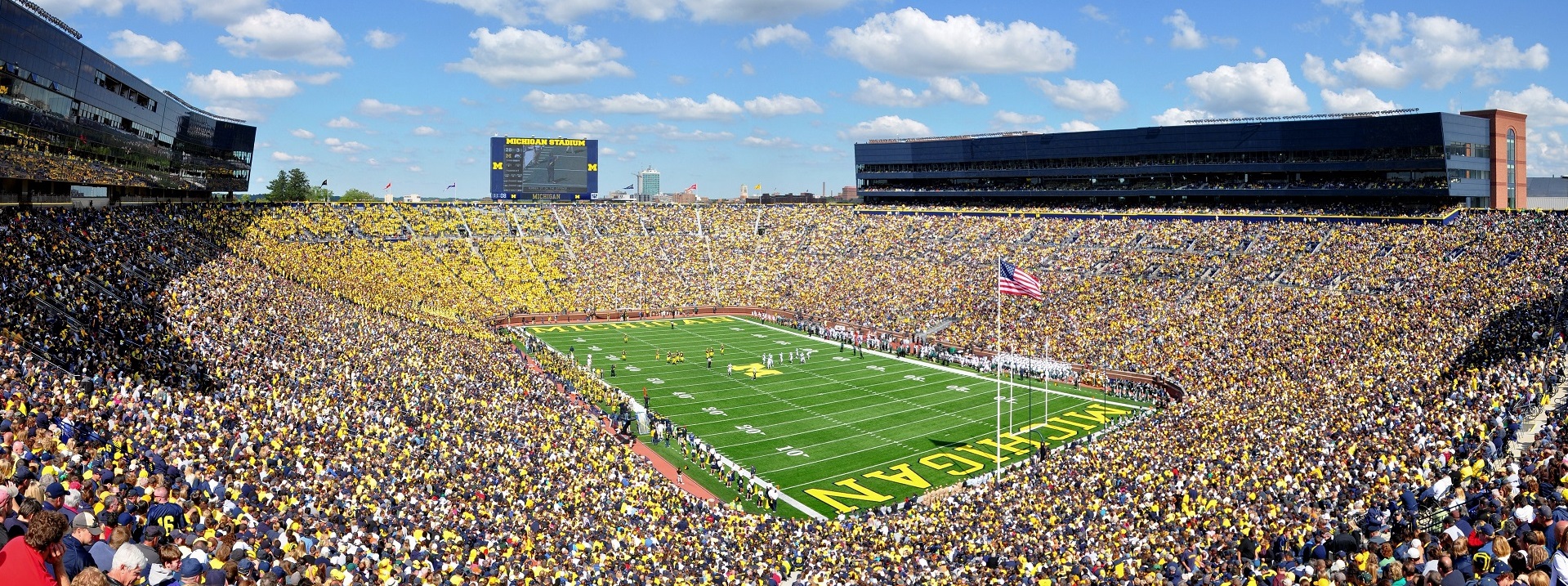



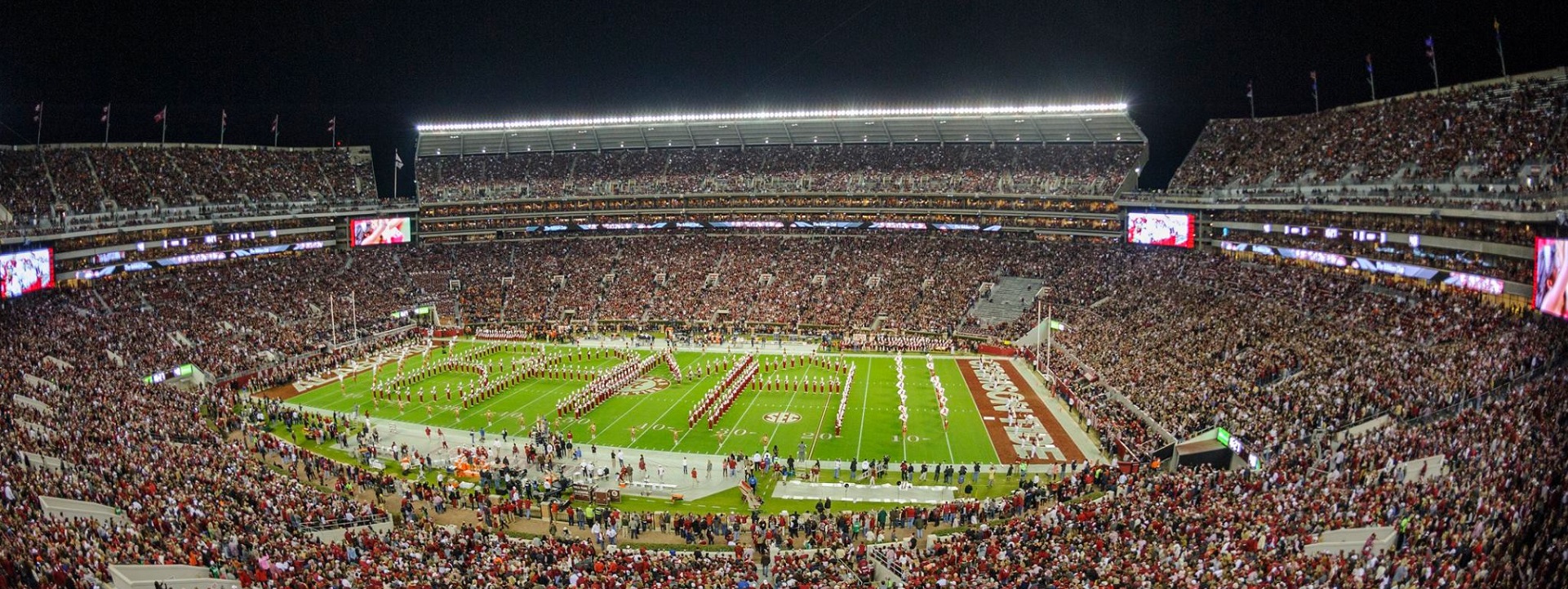
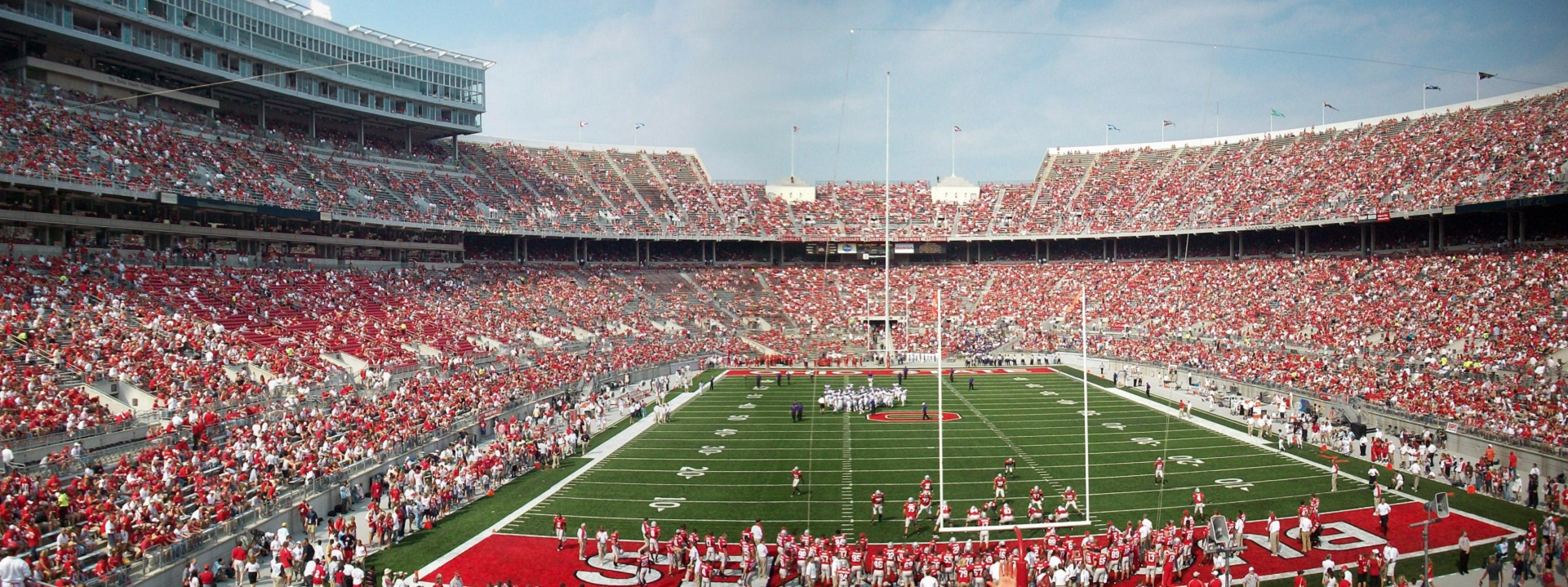
We maintain this title on the standing agenda of our Sport and Global colloquia. See our CALENDAR for the next online meeting; open to everyone.
Issue:[19-158]
Category: Sport, Global, Information & Communications Technology, Life Safety
Colleagues: Mike Anthony, Jim Harvey, Mike Hiler
MR. BLUE SKY
This content is accessible to paid subscribers. To view it please enter your password below or send mike@standardsmichigan.com a request for subscription details.
The Science and Technology of Ready-to-Drink Coffee
Chapman University Net Position 2024: $2.279B | Orange County Building Codes and Regulations
Chapman University in Collaboration with the CA Dairy Innovation Center Presents:
Chapman University’s 90-acre campus in Orange, California, blends historic charm with modern innovation, reflecting a design philosophy of accessibility, beauty, and community. The campus, set in the historic Old Towne Orange district, features a mix of Classical Revival and contemporary architecture. Key historic buildings, originally part of Orange Union High School, include Wilkinson Hall (1905), Reeves Hall (1913), Smith Hall (1913), and Memorial Hall (1921), all listed on the National Register of Historic Places. These structures, designed by architects like C.B. Bradshaw and Frederick Eley, showcase symmetry and classical elements, with Memorial Hall’s 1,000-seat auditorium being a standout.
 |
Infrastructure supports a vibrant student life, with 175+ student organizations and a 12:1 student-to-faculty ratio. The campus offers 24-hour security, modern dorms, and dining facilities, though weekend dining hours draw some criticism. Recent expansions, like the Fowler School of Engineering’s Swenson Family Hall, and planned updates to the Specific Plan, including increased enrollment and housing, ensure Chapman remains a dynamic, student-focused environment
Morning Prep
Today at the usual hour we run a status check on the literature that informs the design, construction, use and maintenance of shared floor facilities for privacy, relief and hygiene. We are mindful of the following considerations:
- Fixture Ratios: Dormitories are typically classified as Residential (R-2) or Institutional (I-1) occupancies, requiring fixtures per Table 2902.1. For example, 1 shower per 8 persons and 1 water closet per 25 persons (adjusted by sex or gender-neutral design).
- Gender-Inclusive Design: Recent IBC and IPC updates allow multi-user gender-neutral facilities, common in modern dormitories to support inclusivity.
- Privacy and Safety: Communal bathrooms must have lockable stalls, visual screening at entrances, and no internal locking of main doors to prevent inappropriate activities.
- Material Durability: Nonabsorbent surfaces (e.g., ceramic tiles, stainless steel fixtures) are mandatory to withstand heavy use and frequent cleaning in dormitory settings.
- Ventilation: Section 1202.5 requires mechanical ventilation (e.g., 50 cfm exhaust fans) or operable windows (3 sq. ft. minimum) to control humidity and odors.
- Water temperature: Does water get to the showerhead fast enough and is the temperature controlled safely?
- Are vertical piping systems to high rise dormitories “right-sized”?
- What cost considerations must be taken into account if a third gender-neutral space becomes mandatory.
We will slice horizontally through vertically oriented standards catalogs and explain where excess cost lies and should be removed. There is significant interdependence between the International Building Code, the International Plumbing Code and ASME Plumbing Fixture Code. The Use the login credentials at the upper right of our home page.
Key Sections for Communal But Private Toilet and Shower Areas
- Section 2902: Minimum Plumbing Facilities (Chapter 29)
- Purpose: Specifies the minimum number, type, and distribution of plumbing fixtures (toilets, urinals, lavatories, showers) for communal facilities in various occupancies, including institutional settings like college dormitories.
- Key Provisions:
- 2902.1: Minimum Number of Fixtures: Requires facilities to provide adequate fixtures based on occupant load and building use. Table 2902.1 lists fixture ratios (e.g., 1 water closet per 25 males/females in institutional occupancies). For dormitories, the code may adjust based on residential or institutional classifications.
- 2902.1.2: Single-User Toilet and Bathing Room Fixtures: Allows single-user toilet and bathing rooms to count toward the total required fixtures and mandates they be identified as available for all persons, regardless of sex, supporting gender-inclusive designs.
- 2902.2: Separate Facilities: Requires separate facilities for each sex in multi-user setups, with exceptions for:
- Exception 5: Single-user toilet rooms not designated by sex.
- Exception 6: Multi-user facilities designed to serve all sexes and genders, enabling communal gender-neutral bathrooms.
- 2902.3: Employee and Public Facilities: Ensures public and employee toilet facilities are accessible, with communal areas visually screened from entryways for privacy.
- Application to Communal Areas: In college dormitories, communal bathrooms (e.g., community or floor bathrooms) must meet these fixture counts, ensuring sufficient toilets, lavatories, and showers for the resident population. For example, a dorm with 100 residents might require 4 water closets and 2 showers per sex, adjusted for local amendments.
- Section 1210: Toilet and Bathroom Requirements (Chapter 12)
- Purpose: Governs the design, materials, and privacy features of toilet and bathing areas, including communal setups.
- Key Provisions:
- 1210.2: Finish Materials:
- Floors in toilet, bathing, and shower rooms must have a smooth, hard, nonabsorbent surface (e.g., porcelain tiles).
- Walls within 2 feet of urinals or water closets must have nonabsorbent surfaces to a height of at least 4 feet (1219 mm) to resist moisture damage.
- Shower and tub areas require nonabsorbent surfaces extending to 70 inches above the drain height.
- Exceptions: These requirements do not apply to dwelling units, sleeping units, or non-public single-occupant toilet rooms.
- 1210.3: Privacy:
- Public restrooms must be visually screened from entry/exit doorways to ensure privacy, including avoiding mirrors that compromise privacy.
- Each water closet in a communal facility must be in a separate compartment with walls/partitions and a door for privacy. Exceptions apply to single-occupant toilet rooms with lockable doors.
- Urinals require privacy partitions with specified dimensions (introduced in the 2006 International Plumbing Code, referenced by IBC).
- Application to Communal Areas: In dormitory community bathrooms, these rules ensure stalls are fully enclosed, floors and walls are moisture-resistant, and privacy is maintained through screening or layout design.
- 1210.2: Finish Materials:
- Section 1109: Accessible and Usable Buildings and Facilities (Chapter 11)
- Purpose: Ensures communal toilet and shower areas comply with accessibility standards, referencing the ICC A117.1 Standard for Accessible and Usable Buildings and Facilities.
- Key Provisions:
- 1109.2: Toilet and Bathing Facilities: Requires at least one wheelchair-accessible toilet compartment and, in facilities with six or more water closets/urinals, one ambulatory-accessible compartment.
- 1109.2.1: Family or Assisted-Use Facilities: Mandates accessible single-user or family toilet/bathing rooms in certain occupancies, which can contribute to fixture counts in dormitories.
- Grab Bars and Clearances: Requires grab bars (e.g., 18-inch vertical grab bar at water closets per ICC A117.1), a 1½-inch clearance between grab bars and walls, and clear floor space for wheelchair maneuvering.
- Application to Communal Areas: Dormitory bathrooms must include accessible stalls and showers (e.g., roll-in showers with benches) to accommodate students with disabilities.
We will deal with cross-referencing concepts that appear in the International Plumbing Code (IPC) in a separate post.
LaCrosse Playfield
This content is accessible to paid subscribers. To view it please enter your password below or send mike@standardsmichigan.com a request for subscription details.
East Village Café
“The aroma of coffee is the scent of civilization.”
The Spectator, No. 91
| GOV.UK | University Design Forum |
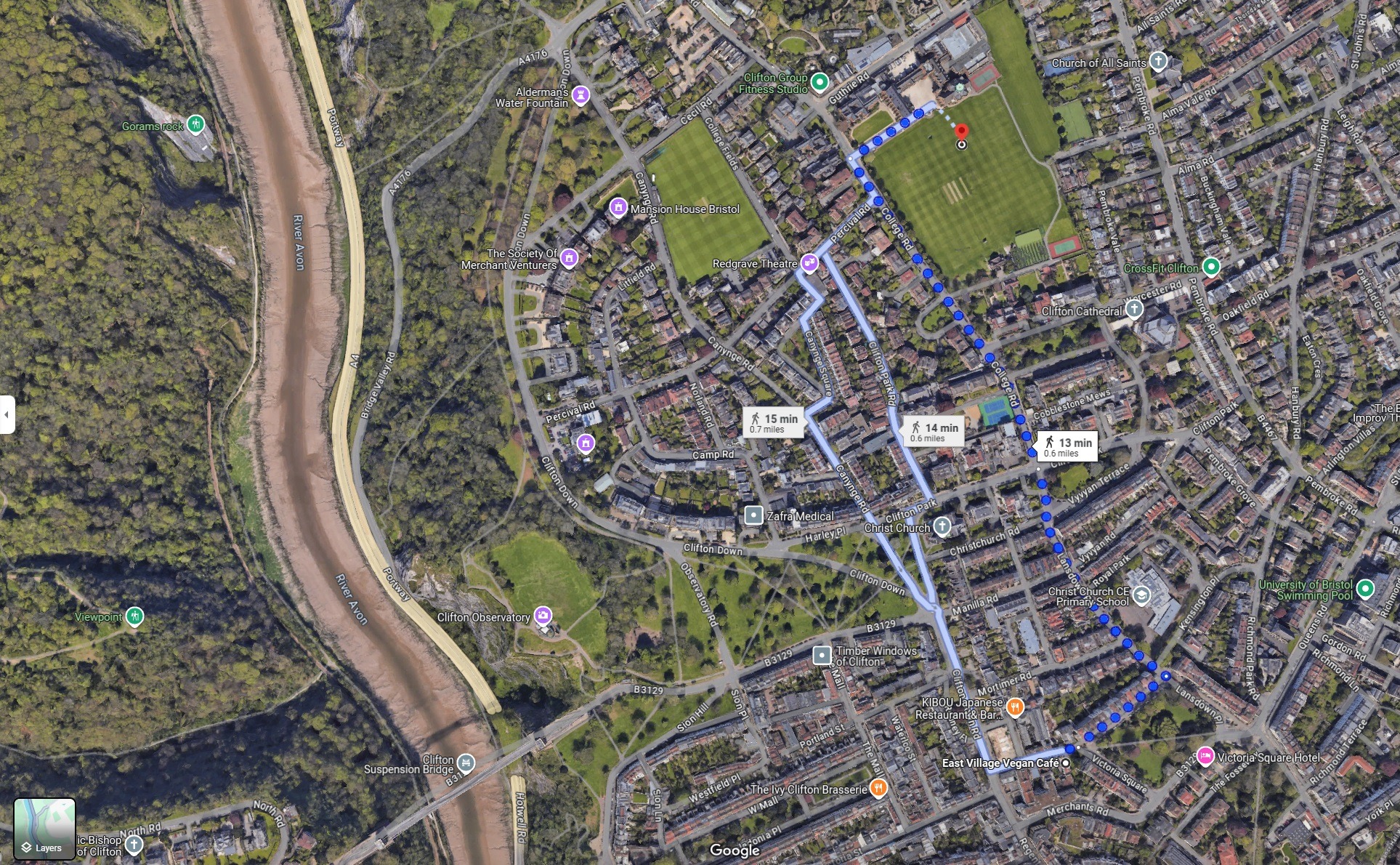
An incredible #worldbookday lunch provided by our amazing catering team @SodexoGroup – including The Mad Hatters Tea Party Dessert Table 😍☕️🧁 pic.twitter.com/xAmDOc5qt8
— Clifton College (@Clifton_College) March 3, 2023
One week today until our Sixth Form Open Day 😁
Last chance to book your place: https://t.co/RDYTCpjeb1 pic.twitter.com/olzzmtQcOg
— Clifton College (@Clifton_College) September 23, 2022
Simple Gifts
This content is accessible to paid subscribers. To view it please enter your password below or send mike@standardsmichigan.com a request for subscription details.
Instant Coffee & Meals Ready to Eat
Instant coffee is a staple in many people’s lives. Whenever you need a quick pick me up without having to go through the struggle of making an entire cup of coffee from scratch, instant coffee is there and ready. The earliest version of instant coffee was invented in the 18th century in Britain. It was called a “coffee compound” and was patented by the British government. In the United States, instant coffee was developed in 1853. It was tested during the Civil War in cake form, but instant coffee didn’t really take off until later. In 1901, Dr. Satori Kato was able to manufacture a stable powdered coffee, using a process he developed for making instant tea. In 1909, George Constant Louis Washington was able to get a patent and start the mass production of instant coffee, though the coffee was a novelty, it didn’t taste great.
Even though the coffee didn’t taste great, that didn’t stop it from being a staple among soldiers. The coffee got popular, and the mass production really blew up during World War 1. Caffeine provided the boost that soldiers needed while they were away at war and getting ready for battle. Instant coffee made getting that boost easy for soldiers and even after the war was over, still wanted the same instant coffee. Among some soldiers it was nicknamed, “cup of George.”
Instant coffee for the military was a large profitable market that G. Washington Coffee, Nescafe, and others had capitalized on. From 1939 to 1945, during World War 2, Nescafe and other brands of instant coffee supplied large quantities to the military. During one year of the war the U.S. military bought more than one million cases of Nescafe, which was their entire annual output of Nestle’s U.S. plant.
Nescafe became the most popular brand of instant coffee and was able to grow in popularity very quickly because of their new method of creating instant coffee. Around 1938, by co-drying coffee extract along with an equal amount of soluble carbohydrate they improved the taste. This made it better than the G. Washington Coffee because it was much more enjoyable.
There are two basic methods for producing instant coffee, freeze-drying and spray-drying. In freeze-drying, the coffee extract is frozen to about – 40°C and cut into granules. The frozen granules are then dried at low temperature and under vacuum. The quality of the aroma and flavor are protected by the very low temperature and gentle drying conditions. For spray-drying, in spray-drying the coffee extract is sprayed into a stream of hot air at the top of a tall cylindrical tower. As the droplets fall, they dry, becoming a fine powder by the time they reach the bottom. The powder may then be texturized into granules to facilitate dosage and dissolution. The quality of the aroma and flavor are preserved thanks to the very fast drying occurring during this process.
There are loads of instant coffee brands that people can choose from. Nescafé, Starbucks VIA, Maxwell House, Folgers, Robert Timms, International Roast, and Kava are a couple of popular brands, but there’s a bunch more at the grocery store. It’s all about finding which one you enjoy the most and then you’re able to have coffee whenever you need it.
Why did the Free City State Disappear?
Related:
— Elon Musk (@elonmusk) August 4, 2024
New update alert! The 2022 update to the Trademark Assignment Dataset is now available online. Find 1.29 million trademark assignments, involving 2.28 million unique trademark properties issued by the USPTO between March 1952 and January 2023: https://t.co/njrDAbSpwB pic.twitter.com/GkAXrHoQ9T
— USPTO (@uspto) July 13, 2023
Standards Michigan Group, LLC
2723 South State Street | Suite 150
Ann Arbor, MI 48104 USA
888-746-3670



